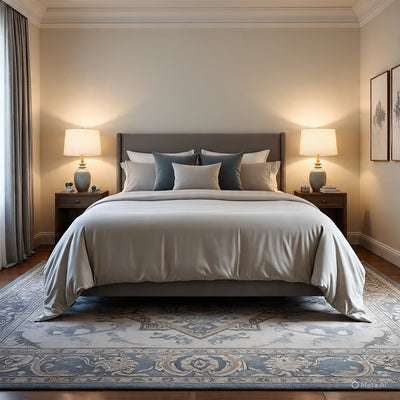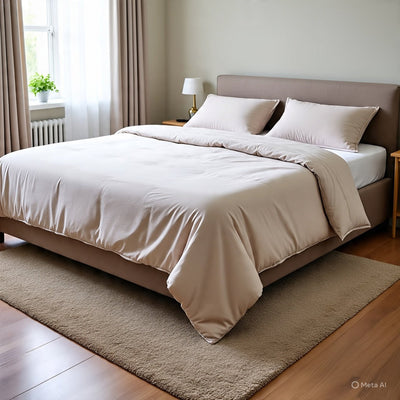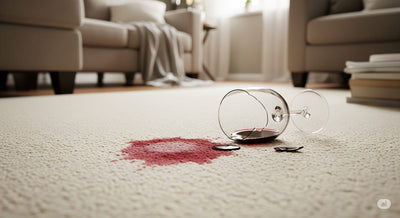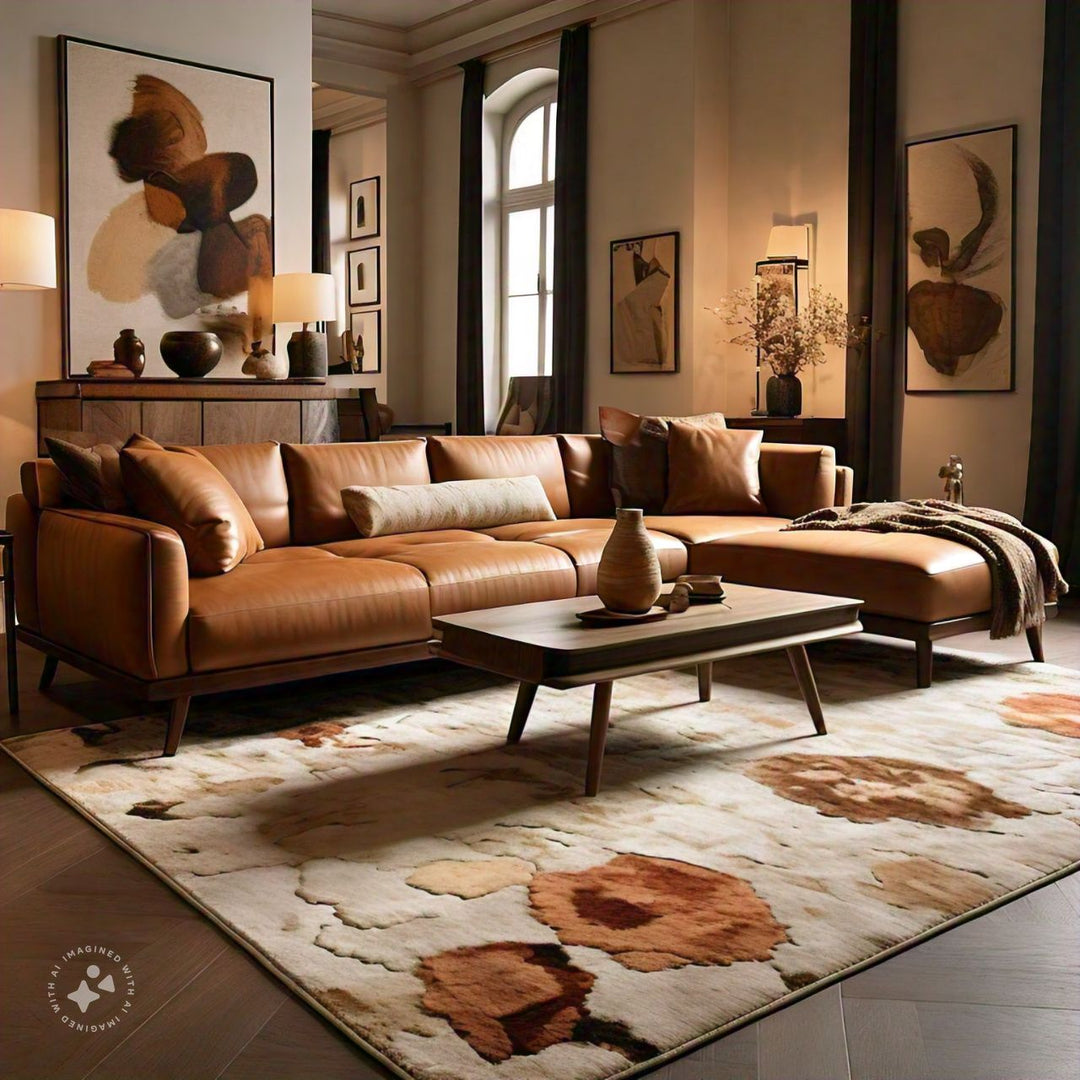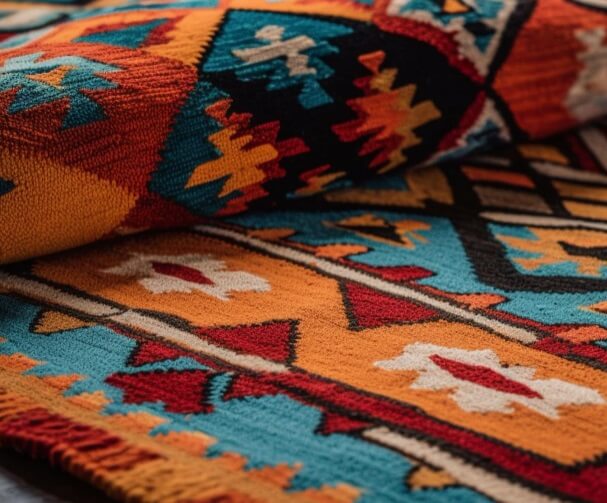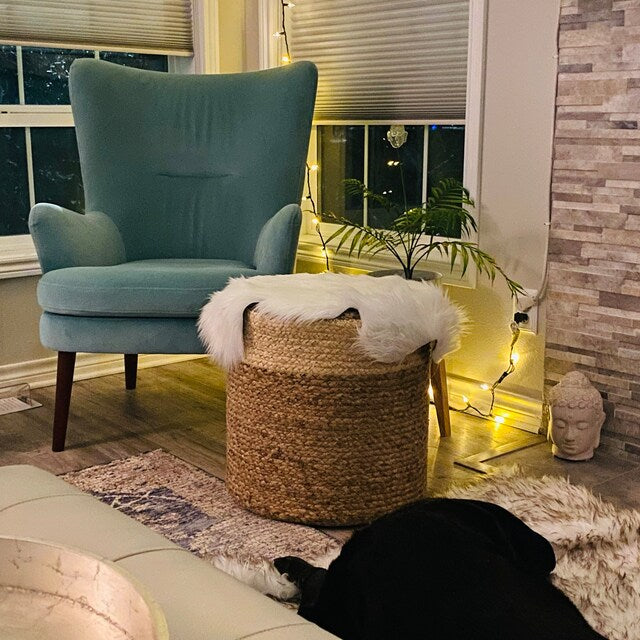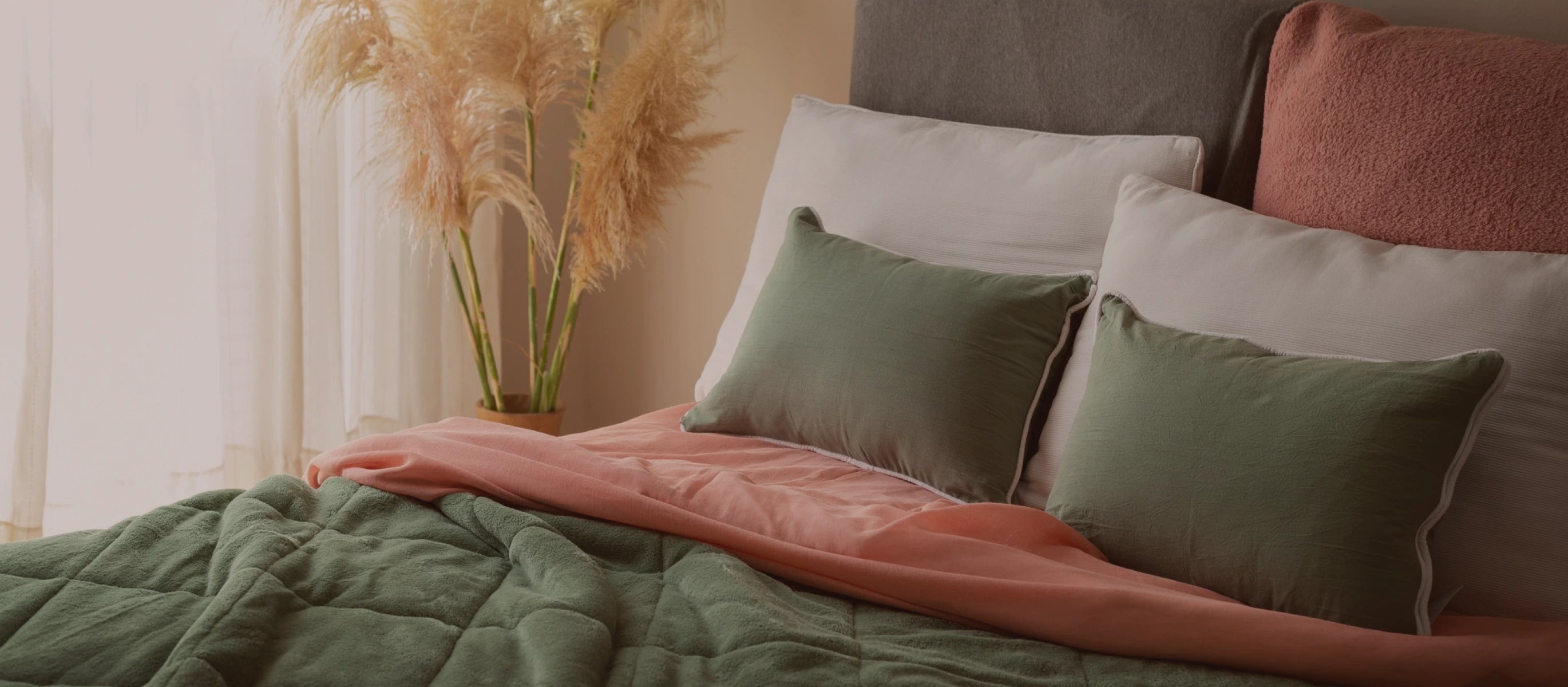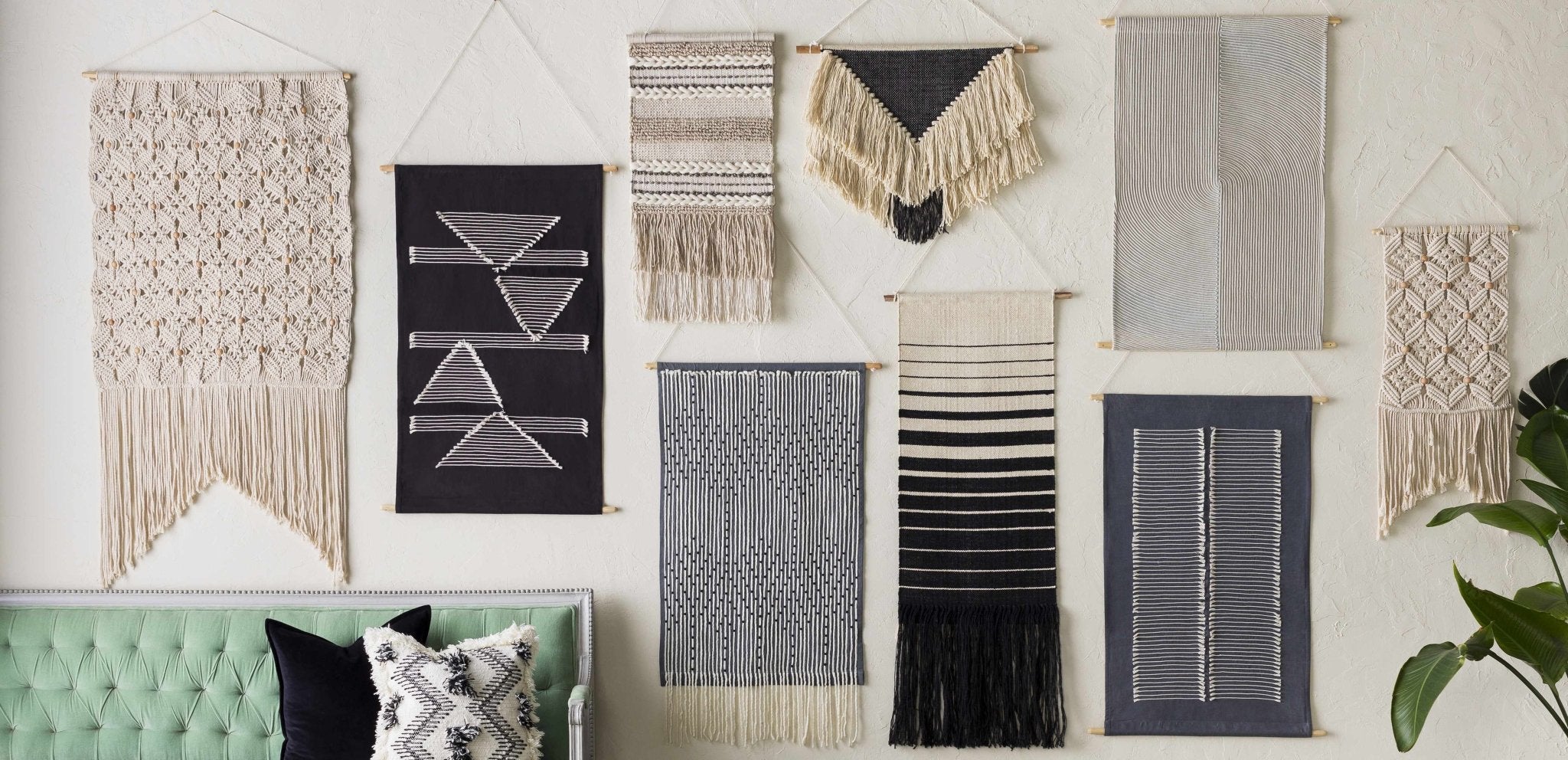How To Apply A Peel And Stick Wallpaper, The Easy Way

Peel-and-stick wallpaper, today, is a preferred alternative to traditional options. For starters, the sticky back does away with the need for pasting, which can take hours. You can even fix errors by pulling it off and starting over. However, the application process will need some level of skill. Stick around to learn more about applying peel-and-stick wallpaper, and more.
Things You Need To Get Going
You need a few basic things to apply peel-and-stick wallpaper, including:
- A measuring tape
- A sponge
- A utility knife
- A straightedge
- A plastic smoothing tool
- A mild cleaner
- Peel-and-stick wallpaper
You are now ready for the next part of applying the wallpaper
Measure Your Wall Beforehand
Before buying a roll, you need to assess how much paper is required for the wall. You can get the measurements quickly with the measuring tape.
- Using the tape measure, calculate the length of a wall and the room height. The two measurements will determine the area of each wall. Divide the number by the wallpaper dimensions to see how many rolls you need to buy for the project.
- Alternatively, add the wall lengths to get the perimeter and multiply the number by the height. It should give you the total area of the room.
Prepare The Wall Before Sticking The Wallpaper
Peel-and-stick wallpaper usually adheres to specific surface types. A few of them are smooth and satin textures, semi-gloss, or eggshell finishes. The manufacturer's manual determines if the sheet is compatible with a respective wall. If it is:
-
Remove the outlet covers safely and light switch plates in the area that needs covering.
-
Clean the wall’s surface with a damp sponge or cloth. You could apply a non-abrasive, mild cleaner for a thorough cleanse.
-
Let the surface dry for at least 24 hours, after which you could try temporary wallpaper to see how well it holds.
-
If the results are positive, you can move on to the next steps.
Steps To Stick The Wallpaper
You might wonder if it is easy to apply peel-and-stick wallpaper, and the answer is, yes! Once the wall is dry and ready, these steps will help you stick the wallpaper.
Measure And Pre-Cut Wallpaper Strips
Before applying peel-and-stick wallpaper, measure each piece by the height and width of the wall. Mark the sheet with the measurements and cut strips of the wallpaper. Keep them aside. Cut a little extra to accommodate for the corners and edges, something we will discuss later in this blog.
Make A Hanging Guide
You can make a hanging guide by measuring the width of the peel-and-stick wallpaper. Outline the measurements on the wall with a pencil. Next, draw a line from the ceiling to the baseboard with a straightedge and level. Ensure this line aligns with the previous markings.
Aligning The Wallpaper
You are now halfway through the wallpaper application process. Take the first strip of wallpaper and hold it up against the hanging guide. Doing so will help you see if the wallpaper lines up with the hanging guide.
Applying The First Panel
Peel off about 12 inches of adhesive backing and align it against the guidelines. Apply the wallpaper from the top, gradually moving to the bottom.
A word of advice! While you may have previously aligned the wallpaper, our experts say to give it a once-over to ensure the adhesive sheet has not shifted from the designated area.
Smoothing Out Bubbles And Wrinkles
Air bubbles or wrinkles are likely to surface during installation. You could remove the blemishes by pressing from top to bottom with your hands to smoothen the wallpaper. Peel off the remaining backing as the sheet clings to the wall. Flatten the rest of the wallpaper by running the plastic smoothing tool downward.
Trimming Excess Wallpaper
Use the straightedge and the small utility knife to trim excess portions. By cutting off the extra sheets, the wallpaper should blend seamlessly into spaces.
Handling Specific Areas
Applying peel-and-stick wallpaper is straightforward. Still, you may need to navigate various spaces more delicately. Here are some tips for applying peel-and-stick wallpaper in specific areas.
Matching Patterns Between Strips
A wallpaper strip may cover the entire wall. You have to use another piece to cover the rest of the surface. Here’s where matching patterns take center stage.
- Align the wallpaper’s pattern to its counterpart until it blends in.
- Our experts recommend a mild overlap over the second piece, with the first to create a smooth look.
- After the sheet sticks to the wall, use the smoothing tool along its seams and flatten it.
- Put the straightedge and utility knife to use once more, and trim the bottom to remove the excess paper.
- Repeat these steps until the entire surface is adequately covered.
Working Around Windows, Doors, and Outlets
Applying wallpaper around windows, door frames, or outlets requires specific care.
- You can continue to apply the wallpaper until it reaches the area around windows and door frames. Let the excess overlap the area. Next, trim and remove the excess with a straightedge and utility knife. Smoothen the paper against the wall around all sides of the window or door frame.
- When you work around power elements, ensure the power stays off. Remove the cover or plate, and cut away the paper so the remaining edges surround the opening. You can cover the edges by snapping the outlet cover or switch plate back in place.
Fixing Mistakes And Reapplying
You might make a few errors when applying peel-and-stick wallpaper, and that’s okay. These common errors with solutions may help you fix mistakes at the earliest.
Misalignment
If you notice the wallpaper is misaligned, you can:
- Peel back the sheet, patiently, while being cautious not to tear or damage it.
- Reposition the piece with its adjacent sheet or the designated position on the wall. A level or straightedge will help ensure the wallpaper is straight and aligned.
- The bubbles and wrinkles may resurface. So you can use the plastic smoothing tool or a clean, soft cloth to get them out. You can run the tool from the center of the adhered sheet and smooth it outwards to remove the blemishes.
Air Bubbles or Wrinkles
This may sometimes occur even after the installation of a peel-and-stick wallpaper. To fix the issue, you should:
- Lift the wallpaper at the edge of the bubble or wrinkle with the plastic smoothing tool or your fingers. But be careful.
- Press down on the bubbles or wrinkles and smooth them out using the same tool or a clean, soft cloth. Apply even pressure to ensure the wallpaper is reapplied more evenly to the wall.
- If the wrinkle persists, consider applying heat with a hairdryer on a low heat setting. Moving the hairdryer over the specific area will heat it. This should be enough to soften the adhesive and give you ample time to smooth out bubbles or wrinkles more effectively.
Poor Adhesion or Peeling Corners
You may notice the wallpaper is not sticking appropriately or corners start peeling. You should address this issue quickly so the wallpaper can last longer.
- Before you re-stick the wallpaper, see that the wall surface is clean and free from dust, debris, or grease. A mild detergent and warm water are the best cleaning agents for this area. Let it dry completely before moving on to the next step.
- Use a hairdryer on a low setting to warm the peeling edges of the sheet. The heat should be evenly applied, and for a few seconds to soften the adhesive.
- Press the heated edge against the wall with the plastic smoothing tool or fingers. You also need to apply even pressure to balance the adhesion. Our experts recommend working from the center of the corner outwards to help smooth the wallpaper as you go.
Damaged Wallpaper or Tears
Damaged or torn wallpaper can deteriorate the visual appeal of the finish. But you can fix it.
- Trim off the damaged or torn wallpaper with a sharp utility knife or scissors. Ensure this cut is straight and clean.
- Replace this by measuring and cutting a new piece of wallpaper to match the trimmed section. Matching the patterns with the surrounding wallpaper will render a cleaner final appearance.
- You can now place the new piece in the outlined region. Use the plastic smoothing tool or a clean, soft cloth, to smooth out the edges. This should help blend the new piece with the rest of the sheet.
Uneven or Visible Seams
An uneven or visible seam may detract from the final look of the peel-and-stick wallpaper.
- Trim the excess sheet along the seam with a sharp utility knife or scissors. Make straight, clean cuts to concoct a precise seam.
- Use a plastic smoothing tool to press the seam together. Start from the center and move outward. Apply even pressure to create a strong bond between the wallpaper pieces.
- Apply low-level heat along the seam with the hairdryer. Smooth the wallpaper with the plastic smoothing tool or a clean, soft cloth. Work your way from the center of the seam toward the edges.
Carry Out One Final Inspection
You may have followed the best ways to apply peel-and-stick wallpaper. And yet, when you look closely, you might find something wrong with it. It could be as minuscule as air bubbles. If this happens, you could work toward solving the problem. If air bubbles remain, use the tip of the utility knife or a pin to create a tiny hole in the middle of the bubble. After this, press down to release the trapped air and smooth the wallpaper. And if you cannot resolve the issue, that’s alright. There’s always an expert available for hire nearby who could help solve the problem.
How To Apply Peel-And-Stick Wallpaper To Cabinets & Furniture?
Wallpaper for furniture (like cabinetry, chairs, and tables), follows a similar process. But before you begin, you could follow some guidelines for a seamless application.
- Furniture with clean, straight lines is an ideal candidate for a wallpaper application. But, anything with curves, bevels, and grout lines is not.
- After selecting the furniture, dismantle any parts that might get in the way of applying the wallpaper. This could include the doors, hardware, shelves, hinges, drawers, and knobs. The peel-and-stick wallpaper will need to adhere to a clean, flat surface.
- You need to clean the furniture too for the paper to adhere to. Use a clean cloth to get dust, debris, and other particles off surfaces that need wallpapering.
- Measure the size of wallpaper needed, and add an inch or two in all directions. As usual, the edges will be trimmed away later.
- You can apply the wallpaper to flat surfaces, edges, and corners. Cut off any excess to let the wallpaper blend in.
- Use the dedicated tool or your fingers to remove the usual bubbles or wrinkles.
How To Apply Peel-And-Stick Wallpaper To Textured Walls?
Peel-and-stick wallpaper may work on textured walls. However, our experts at The Rug Decor may recommend against applying wallpaper on this type of surface. Its texture might outline the wallpaper and make it look unappealing. Furthermore, too much air may get behind the self-adhesive backing, and prevent it from sticking. If you must apply the sheet, consider sampling the area with the most texture. If this test is successful you could move forward with the application steps. The steps are similar to applying wallpaper to a flat wall. But keep the following tips in mind for the best results.
- Ensure the surface is cleaned with a damp cloth. Doing so will remove dirt and debris.
- Wait until the surface is thoroughly dry to start the project.
- If there are larger bumps on the textured wall in some areas of the wall, use a scraper to remove them before applying the wallpaper.
